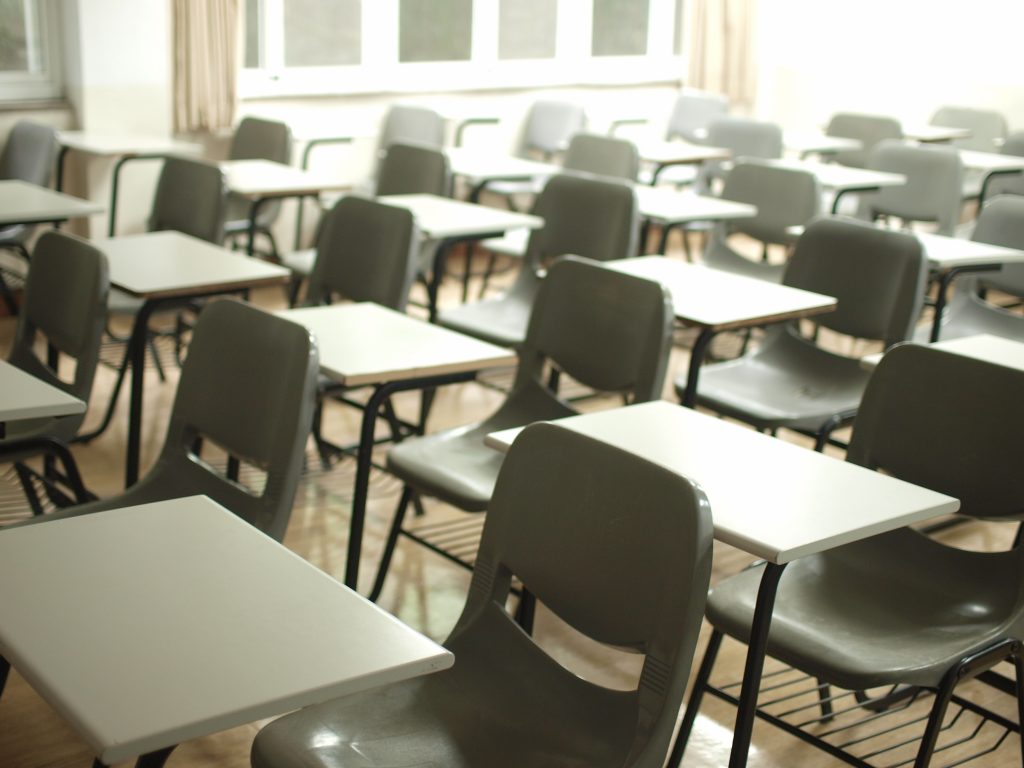
Planned emergency preparedness procedures are an essential aspect of wider school security operations, ensuring that all staff members and students understand how best to react to threats and potentially dangerous incidents. By helping community members understand what to expect when a lockdown is initiated, teams can improve the efficacy and efficiency of these procedures.
However, an effective lockdown procedure will typically involve much more than simply securing all access points and requesting support from local authorities. In fact, with the aid of modern technology, security teams are often able to react to unfolding incidents and adjust responses in real-time, ensuring that students and faculty members are well-protected from evolving threats.
To develop an effective lockdown procedure able to meet the unique needs of a facility, school administrators and security personnel must familiarize themselves with the tools available to staff in the event of unfolding emergencies. To assist teams in this process, this guide will cover a range of modern security technologies designed to improve safety during school lockdowns.
Intelligent access control
Improving safety during school lockdowns begins with enacting measures to prevent intruders from entering the property in the first place. In many threat situations, perpetrators will attempt to access school facilities via unsecured doors and windows. Meaning to measurably improve the efficacy of planned lockdown procedures, all potential access points must be fully secured.
Security teams should consider utilizing cloud-based access control systems to improve school security, as these solutions enable admins to view access events remotely and adjust or revoke specific credentials in real-time. This means in the event of an emergency, teams can quickly assess areas of interest and reliably secure affected locations to limit the attacker’s movement.
In addition, Internet of Things (IoT) devices can be integrated into wider cloud-based systems to further improve access control. IoT sound sensors can be installed next to windows and doors, with these devices programmed to engage door locks and alarms if any sounds consistent with a break-in are identified, immediately securing the site and warning inhabitants of an intrusion.
AI video security systems
Campus security teams can better understand and respond to unfolding emergencies if they have the ability to visually assess potential threats. Classroom security cameras positioned to cover entrances, exits and hallways can be integrated into a wider cloud-based management system, enabling staff to view captured footage in real-time as well as adjust individual devices remotely.
The functionality of installed video security cameras can be further improved via integrations with AI video analytics software. AI programs can autonomously assess live footage in search of anomalous events that may indicate an emerging threat. If the system detects suspicious events like crowds forming or the presence of contraband items, security staff will be notified remotely.
AI-informed video security systems can also be used to instruct the operation of additional tools, as well as activate lockdown procedures. Admins can program systems to immediately engage relevant access control locks and alarms in response to suspicious activity, with on-site security staff then able to access and view live data feeds to assess the event and adjust their response.
Classroom security considerations
To improve safety during school lockdowns, security personnel must consider both how secure classrooms are and how students can report or respond to potential threats. Primarily, all doors must be secured with access control locks that automatically engage as soon as they’re closed.
Windows should be reinforced with impact-resistant security glazing to prevent intruders from forcing their way inside, with some form of easily accessed covering that can be quickly or even automatically lowered in response to triggered lockdowns. In addition, classrooms must be fitted with panic buttons and communication systems to further improve school lockdown procedures.
Physical panic buttons can be installed in subtle locations, which when triggered, will secure all doors and engage wider lockdown functions. Digital panic buttons may also be considered, with controls made accessible via a cellphone application. Students and staff can use this system to report incidents or request the activation of a lockdown in response to suspected threats.
An intercom or secure phone line connected to the site’s security office must also be present to ensure students and staff inside locked classrooms can communicate with security staff safely. Administrators should also discuss how law enforcement will be contacted during emergencies, whether that’s via direct communication with on-site security personnel or if an automated alert is programmed to instantly contact authorities when panic buttons or lockdowns are triggered.
Summary
Modern school security teams must have planned lockdown procedures in place to ensure all students and faculty members are appropriately protected during emergency events. However, an effective lockdown requires much more than a way to secure all access points. By utilizing smart technologies and automated processes, teams can ensure lockdowns are performed safely and efficiently, helping to prevent escalation to reliably protect both students and staff.
Leave a Reply